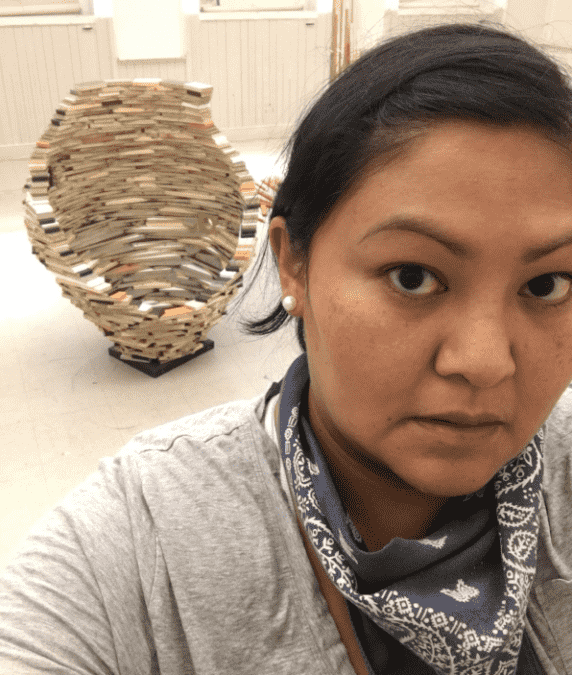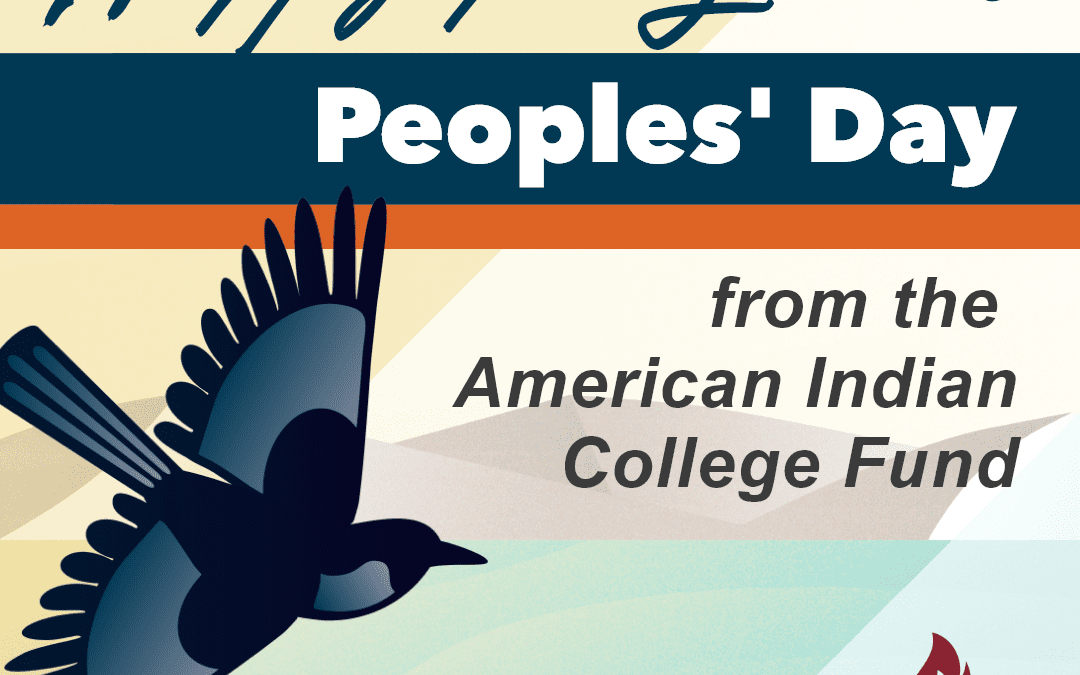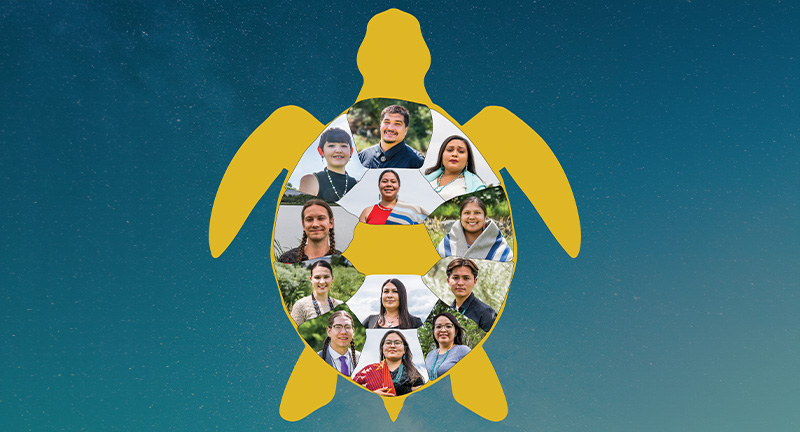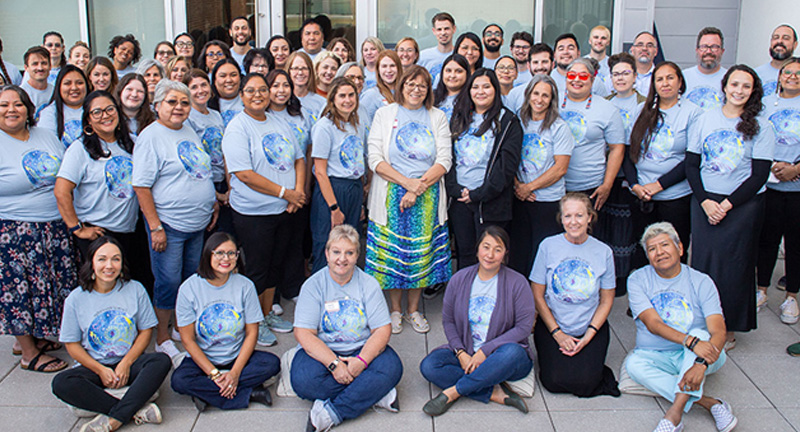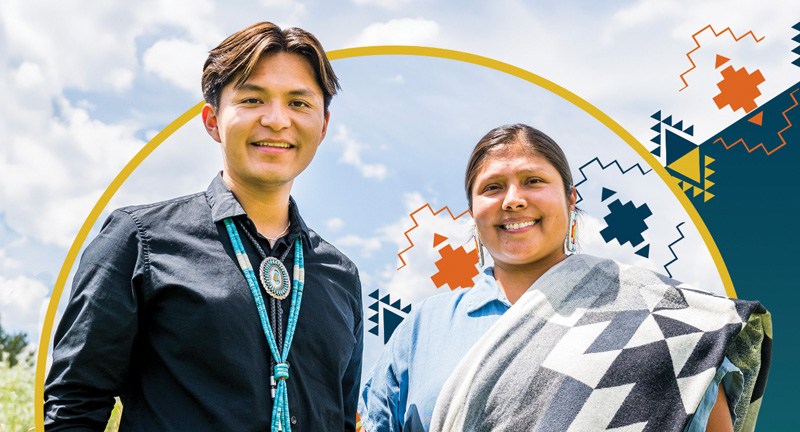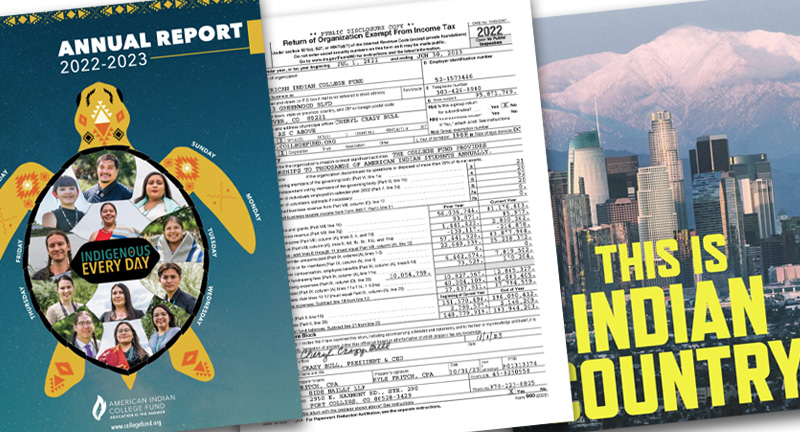Normally the Free Application for Federal Student Aid (FAFSA) opens on October 1 of each year. But the U.S. Department of Education’s overhaul of the online form, which was intended to make the process easier for students and a better assessment of financial need, instead created roadblocks for both students and their intended higher education institutions.
Every year, millions of prospective and returning college students complete the FAFSA so their intended higher education institutions can calculate both the cost of their education and the amount of financial aid they will receive so they can plan.
The largest indicator of financial need among college students is whether a student receives a Pell grant. According to the American Indian Higher Education Consortium, 73% of undergraduate tribal college students in the academic year 2020-2021 received a Federal Pell grant. That same percentage of Native students in 2020-21 received other forms of federal financial aid. The picture is clear: our tribal college students count on federal financial aid to pay for tuition, housing, books and supplies, and more to finance their education. Where aid stops, scholarships complete the total package for students.
We are deeply concerned that these delays will prevent students with the greatest financial need from making their dreams of a higher education a reality. And frankly, the Covid crisis proved what we already knew: our communities need educated health care workers, teachers, businesspeople, and more.
The FAFSA application’s glitches made the tool unworkable until mid-January. As Native students eager to enroll in college began their applications, errors were discovered when students who were eligible for aid were being told they were ineligible.
The Department of Education announced the week of February 5 that schools and agencies involved in financial aid will not receive FAFSA information—which determines student total financial aid offerings – until the first half of March. This will set college applicants behind another two months in their decision-making.
Why? Colleges, universities, and other organizations will have less time to calculate student need-based financial aid packages, which consist of institutional, state, and federal aid. If schools stick to traditional acceptance deadlines around May 1, this means a tighter window for students to determine if they qualify for aid and weigh prices when deciding on the school they can afford to attend.
Today I am asking you to help in three ways:
- Please write or call your federal elected officials and tell them you join the American Indian College Fund in asking them to FIX FAFSA. Find your U.S. Senators and U.S. Representative:
U.S. Senators
U.S. Representatives
- You can also call your state elected officials to ask them to urge state institutions to provide students with information about state, institutional, merit-based aid as well as federal financial aid. Find your elected state government officials: State Government Officials
- Support the American Indian College Fund so we can provide more deserving Indigenous students with a college education. Donate today!

